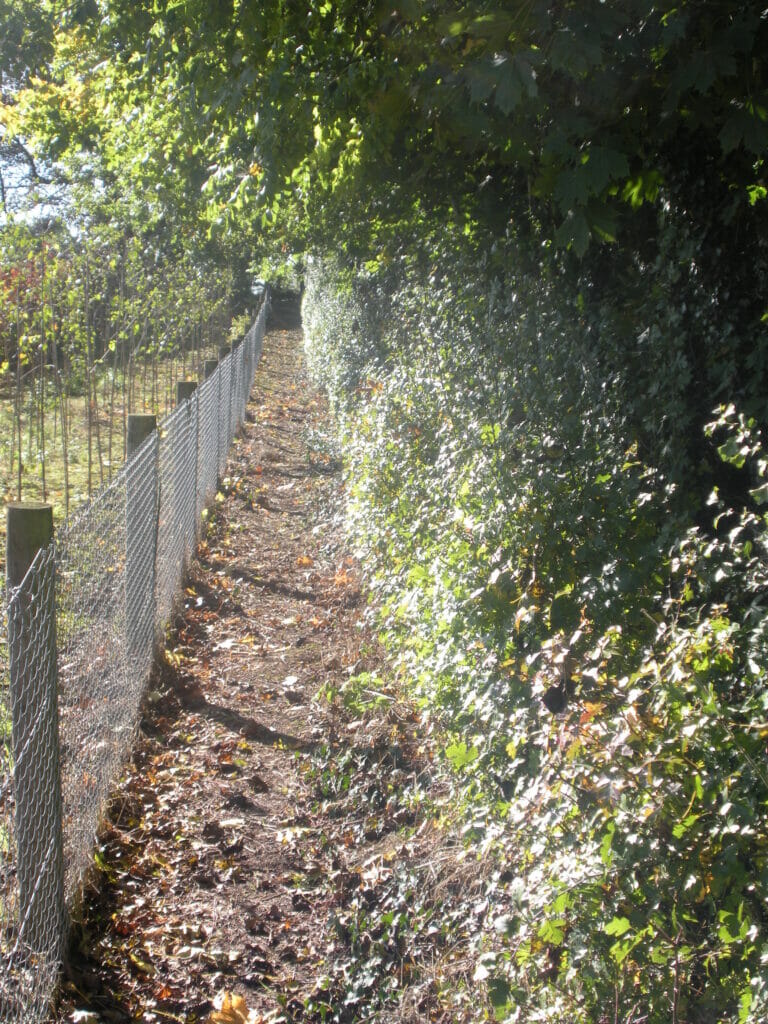Acres Scheme
The Agri-Climate Rural Environment Scheme (‘ACRES’) is Ireland’s latest agri-environmental scheme. ACRES has been designed to deliver significant long-term environmental improvement through participation by a significant number of farmers on the most appropriate land, with each making a strong improvement on their farm.
This new €1.5 billion scheme is farmer-friendly and will help address biodiversity decline while delivering an income support for up to 50,000 farm families in Ireland.
Number of Families supported by ACRES
How can we help you get the most from the ACRES Scheme?
Since the original REPS scheme in 1994 Doonwood Nurseries has been a strong supporter of agri–environmental schemes. We have provided over 1 million native trees to farmers and landowners during this time so we have plenty of experience in the area of native hedging and trees.
We are a Department of Agriculture approved tree and hedging nursery and we provide all necessary plant passport and provenance details. We are happy to answer any queries on all planting requirements of the scheme.
Trees provided by Doonwood Nurseries since first REPS scheme
ACRES Scheme Planting Measures
Planting New Hedgerows
Mature hedgerows provide an important wildlife habitat with greater benefits where they extend or link existing hedgerows or woodland habitats.
A hedgerow over 1.8 metres in height that has a wide base, a mix of woody species for an extended pollen and nectar season, and has some mature trees, will have the greatest benefit for biodiversity. Hedgerows also have additional benefits for water quality when strategically positioned to help reduce soil erosion and sediment run off. Where the planting a new hedgerow action is taken on a farm boundary, the applicant must have control of and access, to maintain both sides.
Tree Planting
Planting trees on farms can sequester carbon, support biodiversity, help reduce soil erosion and sediment loss, and recover leached nutrients.
They also contribute to increase water retention, provide shelter and shading for livestock when mature, and enhance the visual appearance of the farm landscape. This action encompasses planting in rows, groups or parkland, which can have multiple benefits on farms when strategically located.
Tree Planting Specification for ACRES:
- Planting of the trees must be completed by 31 March 2024.
- Purchased trees must be a minimum of 60cm in height planted at a minimum 4 metre spacing between each tree.
- Plants must be of Irish Origin or Irish Provenance and purchased from DAFM registered professional operators.
- All trees purchased for this action must have an accompanying plant passport and participants must ensure that they retain the plant passport(s) for the duration of the contract.
- Plant at least 3 species from the following list: Alder, Downy Birch, Silver Birch, Mountain Ash, Oak, Hazel, Scots Pine, Goat Willow, Grey Willow.
- Grass and competing vegetation must be controlled around the trees annually as required.
Planting Trees Riparian Buffer Zone
The purpose of this measure is to protect water quality by enhancing nutrient uptake while also supporting biodiversity.
In some situations, new riparian buffer zones will benefit from the planting of appropriate tree species to enhance erosion interception and provide improved bank stability. Tree roots and canopy will intercept subsurface and aerial pollutant pathways.
Planting tree belts for ammonia capture from farmyards
Using Low Emission Slurry Spreading equipment and ensuring all slurry storage is covered greatly reduces ammonia emissions. To further reduce losses, a suitably located and managed shelterbelt woodland can provide benefits in terms of ammonia recapture.
Planting small woodland blocks strategically located downwind of an ammonia source (e.g. livestock or poultry housing or uncovered slurry stores) optimises ammonia recapture. Together with greenhouse gas recapture, these shelter belts sequester carbon, support biodiversity and screen farm buildings to enhance the visual appearance of the landscape.
Planting Native Apple trees
While apple trees have been grown in Ireland for many centuries, the native apple tree genetic pool has been significantly altered to incorporate a number of modern varieties. This measure endeavours to conserve the authenticity of traditional apple tree varieties while also sustaining their heritage, by only growing trees that were once common to Irish soils.

